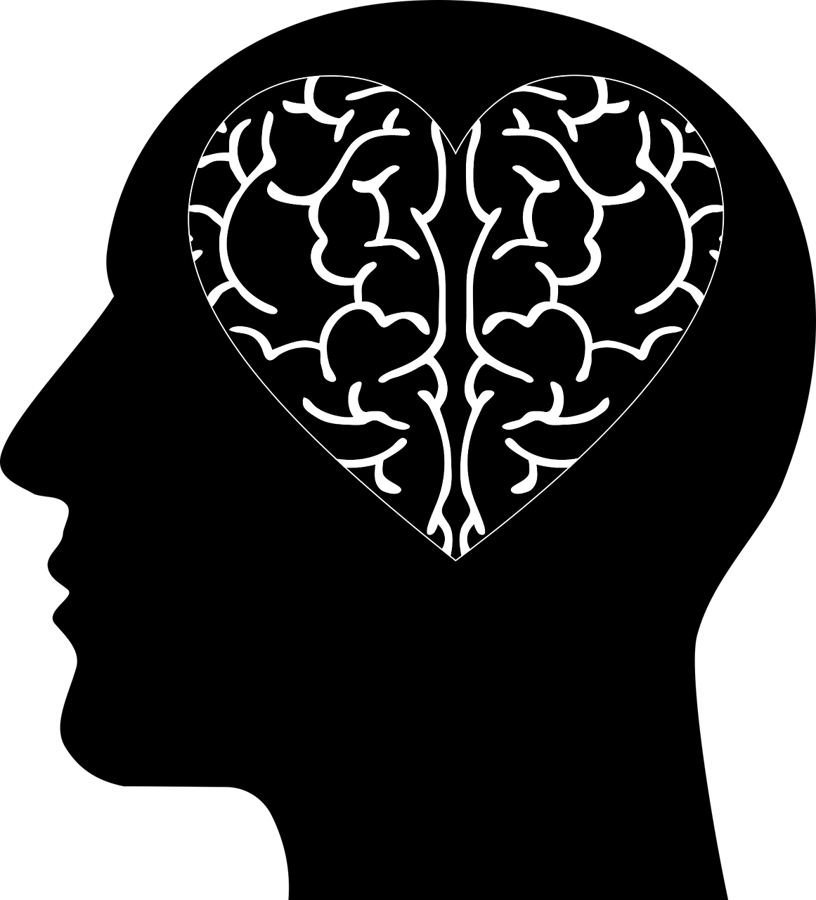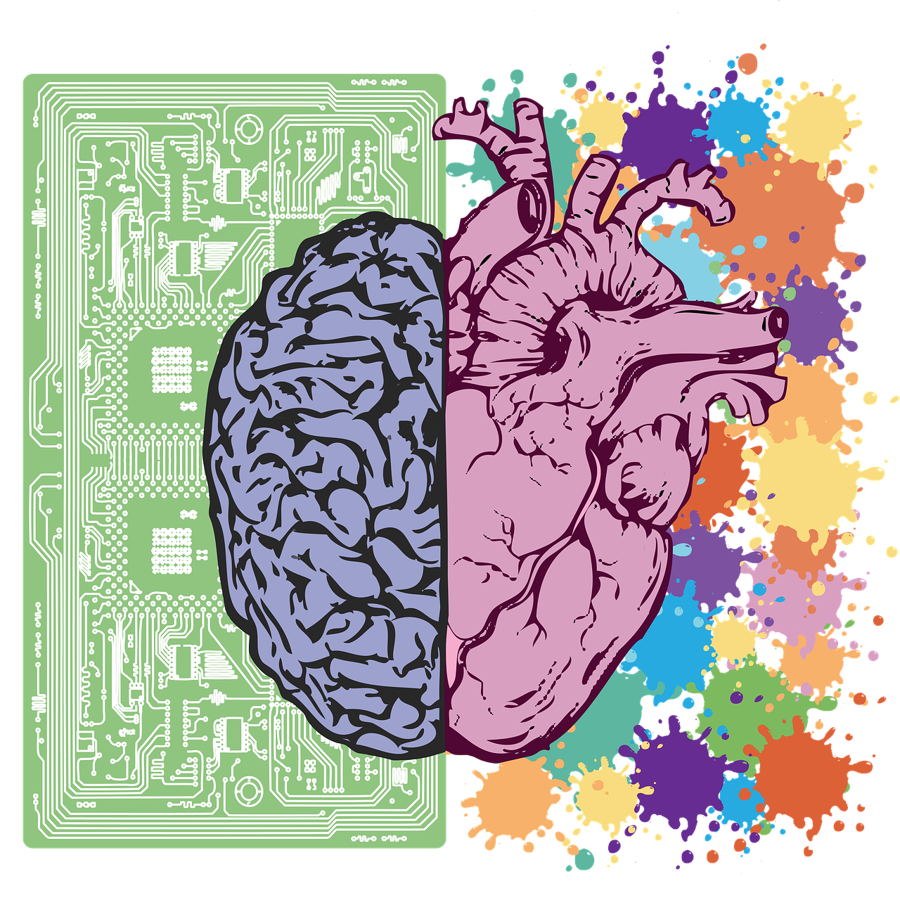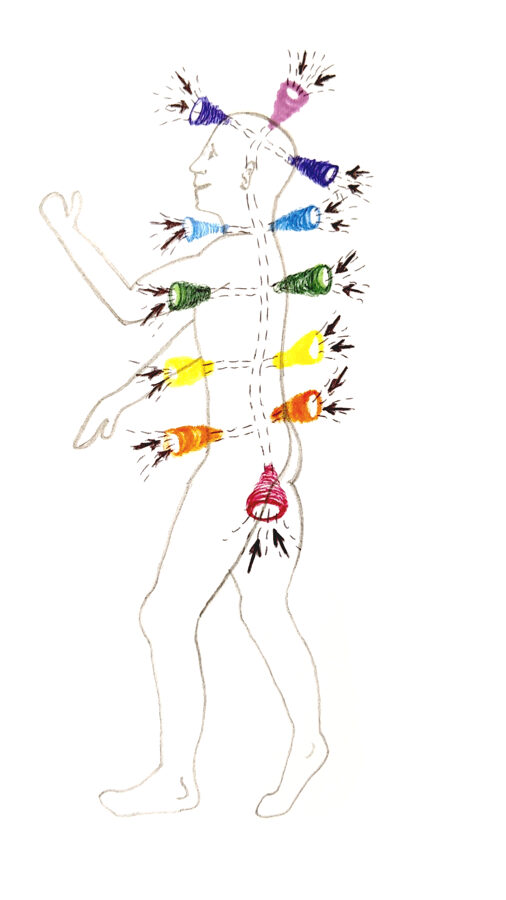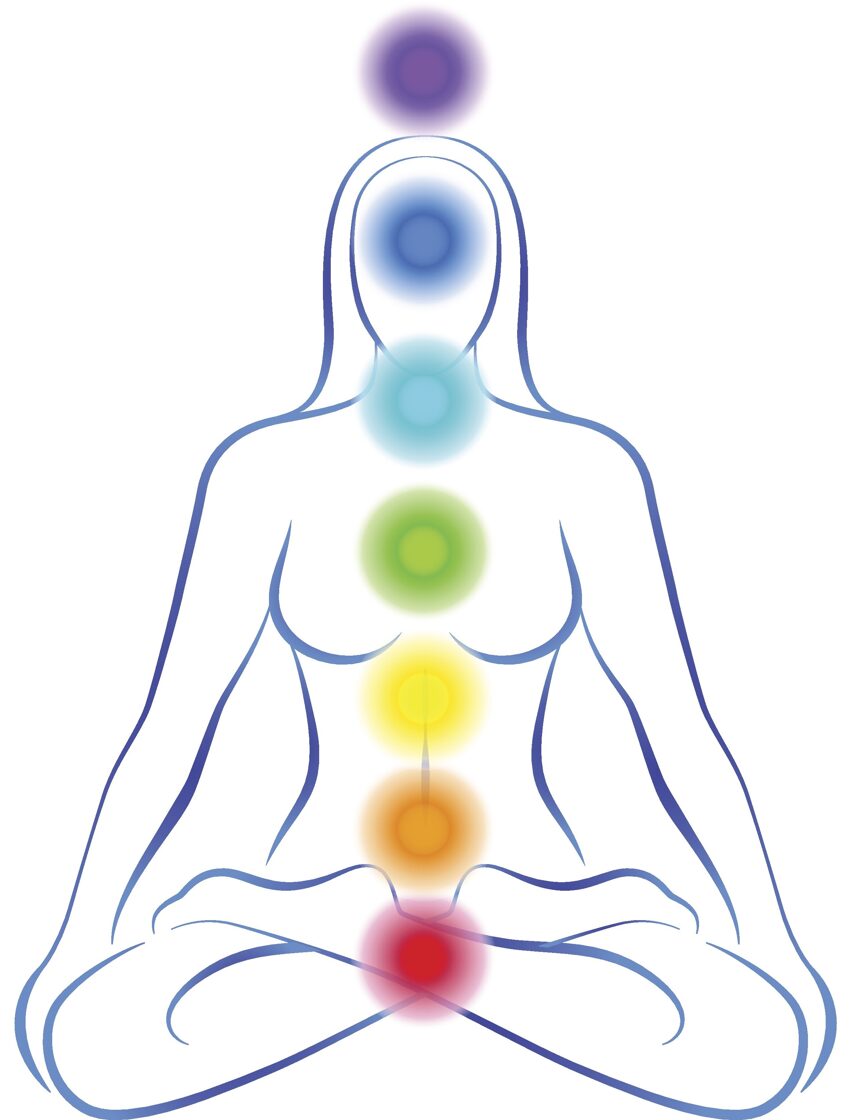
The entire self-healing and self-knowledge process is also about freeing ourselves from the filtered perception of ourselves and the world through our conditioned mind and coming more and more into the heart. Say: Feel everything within yourself and around you with the heart center, without mentally naming it, without having a preconceived opinion about it, without rejecting it (judging it) or clinging to it (wanting to keep it in your reality) - just perceive it as it is.
What does science say about it?
The intelligent heart
Many of the changes in bodily function that occur during the coherence state (=a scientifically measurable state characterized by increased order and harmony in our minds, emotions, and bodies) revolve around changes in the heart’s pattern of activity. While the heart is certainly a remarkable pump, interestingly, it is only relatively recently in the course of human history — around the past three centuries or so — that the heart’s function has been defined (by Western scientific thought) as only that of pumping blood.
Historically, in almost every culture of the world, the heart was ascribed a far more multifaceted role in the human system, being regarded as a source of wisdom, spiritual insight, thought, and emotion. Intriguingly, scientific research over the past several decades has begun to provide evidence that many of these long-surviving associations may well be more than simply metaphorical. These developments have led science to once again revise and expand its understanding of the heart and the role of this amazing organ.

In the new field of neurocardiology, for example, scientists have discovered that the heart possesses its own intrinsic nervous system — a network of nerves so functionally sophisticated as to earn the description of a “heart brain.” Containing over 40,000 neurons, this “little brain” gives the heart the ability to independently sense, process information, make decisions, and even to demonstrate a type of learning and memory. In essence, it appears that the heart is truly an intelligent system.
Research has also revealed that the heart is a hormonal gland, manufacturing and secreting numerous hormones and neurotransmitters that profoundly affect brain and body function. Among the hormones the heart produces is oxytocin, well known as the “love” or “bonding hormone.”
Science has only begun to understand the effects of the electromagnetic fields produced by the heart, but there is evidence that the information contained in the heart’s powerful field may play a vital synchronizing role in the human body — and that it may affect others around us as well. Research has also shown that the heart is a key component of the emotional system.
Scientists now understand that the heart not only responds to emotion but that the signals generated by its rhythmic activity actually play a major part in determining the quality of our emotional experience from moment to moment. As described next, these heart signals also profoundly impact perception and cognitive function by virtue of the heart’s extensive communication network with the brain.
Finally, rigorous electrophysiological studies conducted at the HeartMath Institute have even indicated that the heart appears to play a key role in intuition. Although there is much yet to be understood, it appears that the age-old associations of the heart with thought, feeling, and insight may indeed have a basis in science.
The
Heart–Brain Connection
Most
of us have been taught in school that the heart is constantly
responding to “orders” sent by the brain in the form of neural
signals. However, it is not as commonly known that the
heart actually sends more signals to the brain than the brain sends
to the heart! Moreover,
these heart signals have a significant effect on brain function,
influencing emotional processing as well as higher cognitive
faculties such as attention, perception, memory, and problem-solving.
In other words, not only does the heart respond to the brain, but the
brain continuously responds to the heart.
The
effect of heart activity on brain function has been extensively researched over the past 40 years. Earlier research mainly
examined the effects of heart activity occurring on a very short time
scale — over several consecutive heartbeats at maximum. Scientists
at the HeartMath Institute have extended this body of scientific
research by looking at how larger-scale
patterns of
heart activity affect the brain’s functioning.
HeartMath
research has demonstrated that different patterns of heart activity
(which accompany different emotional states) have distinct effects on
cognitive and emotional function. During stress and negative
emotions, when the heart rhythm pattern is erratic and disordered,
the corresponding pattern of neural signals traveling from the heart
to the brain inhibits higher
cognitive functions. This limits our ability to think clearly,
remember, learn, reason, and make effective decisions. (This helps
explain why we may often act impulsively and unwisely when we’re
under stress.) The heart’s input to the brain during stressful or
negative emotions also has a profound effect on the brain’s
emotional processes — actually serving to reinforce the
emotional experience of stress.
In
contrast, the more ordered and stable pattern of the heart’s input
to the brain during positive emotional states has the opposite effect
— it facilitates cognitive
function and reinforces positive feelings and emotional stability.
This means that learning to generate increased heart rhythm
coherence by sustaining positive emotions not only benefits the
entire body but also profoundly affects how we perceive, think,
feel, and perform.
This article is provided by HeartMath LLC.
For further information, please visit www.heartmath.com.
In this regard, I would like to further mention an extremely interesting experiment that was also carried out by the HeartMath Institute.

In one study, participants were exposed to various images to analyze communication between the heart and brain. The images ranged from emotionally stirring scenes to tranquil landscape shots. Fascinatingly, the results suggested that before an image was even shown, the heart seemed to already know what type of image would be shown to participants.
There was a slowing of the heart rate when emotionally disturbing images appeared, about 5 seconds before they were randomly selected and shown. Less slowing was observed for less disturbing images. This suggests that the heart appears to have access to some kind of intuition that is not limited by space and time.
The results further suggest that the flow of information occurs from the heart to the brain and then to the body, although one usually only becomes aware of it with the physical reaction. This phenomenon has been confirmed by other independent laboratories worldwide. However, the question of where this intuition comes from and how we can use it still remains to be clarified.
Original video: YouTube
More information about this and the true nature of our heart center can be found in Section 5. The Causal Body and beyond
And now we move on to... II. Five Bodies Yoga - Part 1: SELF-Healing







